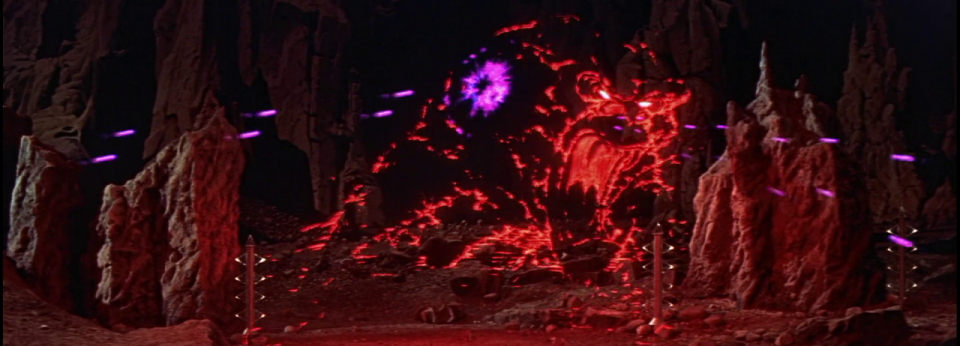Jupiter’s moons orbit like the most precise clockwork. Their positions around the largest planet can be calculated years into the future.
Jupiter is far away from the Earth – and at some points in its orbit, it’s *very* far away. Yet the orbits of its moons are regular and unchanged.
So an observation from the Earth should show the moons appearing and disappearing at the expected intervals. But there was a time, in 1676, when Jupiter’s moon Io (“Eye-oh”) did not appear on the anticipated schedule.
Jupiter was in the farthest reaches of its orbit relative to the Earth. Io circled Jupiter at its unchanging pace, but news of its position was delayed by several minutes as the light traveled across the greater distance.
This is how the speed of light was first calculated, a century before the American revolution.
Danish Astronomer Ole Romer gathered the observations, grasped the underlying mechanism, and made the calculations. An audience peering through telescopes watched Io finally appear at exactly the time Romer had predicted for light to travel at a finite and measurable speed.
Key figures were impressed, yet the director of Romer’s observatory, Giovanni Cassini, perhaps threatened by his underling’s success, dismissed Romer’s theory. Surely weather conditions, sloppy measurements or some other factor accounted for the coincidence.
Only twenty years after Romer’s death would his explanation of the speed of light be proven correct.
Light is information. It takes time – perhaps a great deal of time – to reach its destination.
But the truth will come out.
